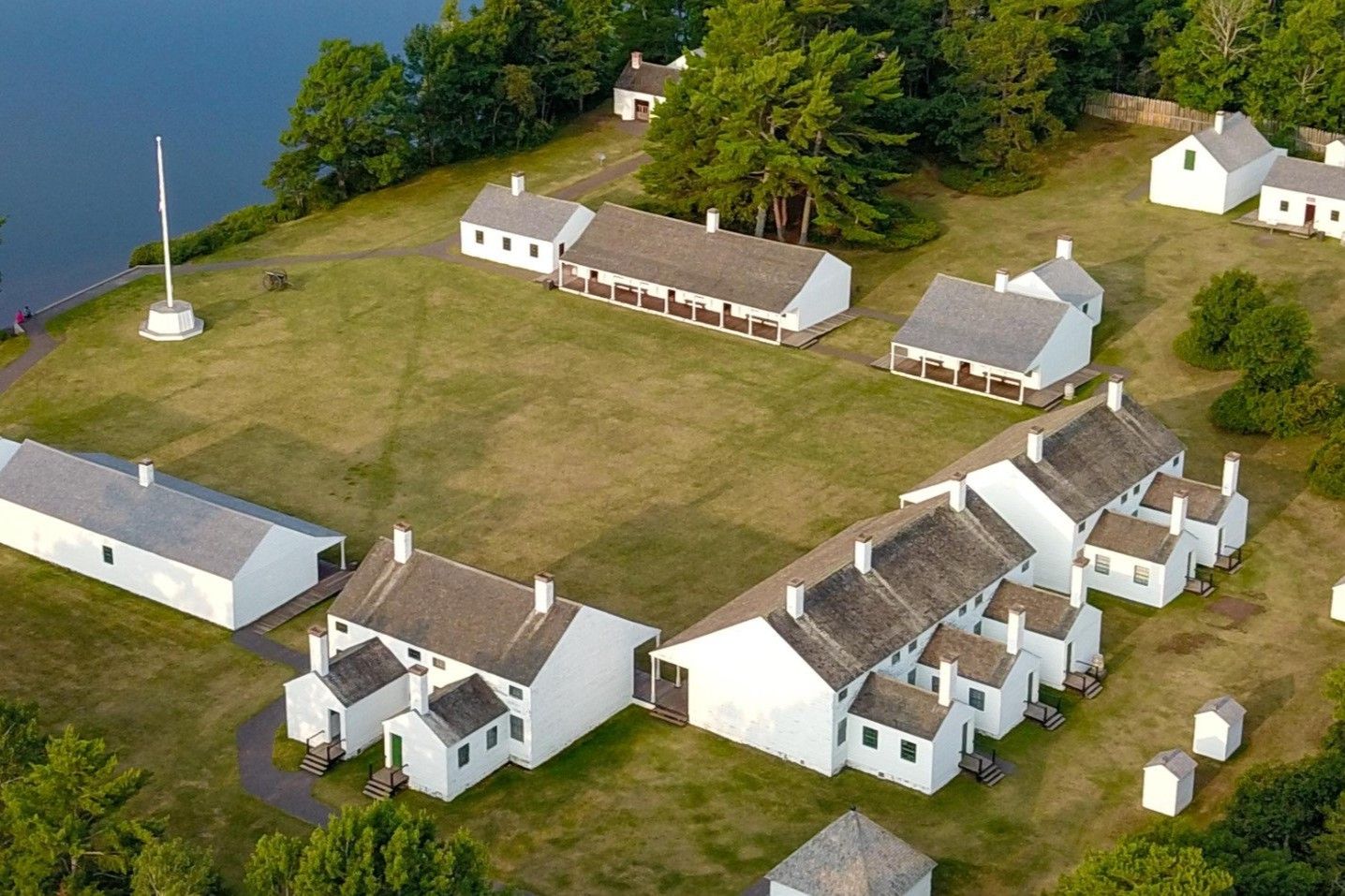Secrets Of Michigan’s Fort Wilkins Ghost Towns

Have you ever wondered about the hidden stories of Michigan's Fort Wilkins ghost towns? These abandoned places hold a unique charm and mystery. Once bustling with life, they now stand as silent witnesses to history. Imagine walking through old buildings, feeling the echoes of the past. Each structure has a tale, from miners' homes to old shops. Exploring these ghost towns offers a glimpse into a different era. Whether you're a history buff or just curious, these forgotten places promise an adventure. Ready to step back in time and uncover the secrets of Michigan's Fort Wilkins ghost towns? Let's go!
Secrets of Michigan's Fort Wilkins Ghost Towns
Michigan's Upper Peninsula holds many secrets, including ghost towns that once thrived during the mining boom. These abandoned places now offer a glimpse into the past, with crumbling buildings and eerie silence. Let's explore some of these fascinating ghost towns near Fort Wilkins.
1. Central Mine
Central Mine, established in 1854, was once a bustling copper mining town. At its peak, it had over 1,200 residents. Today, visitors can wander through the remains of homes, a church, and other structures. The annual Central Mine Reunion brings former residents and their descendants together to celebrate their heritage.
2. Delaware
Delaware, another copper mining town, was founded in 1847. It reached its peak in the 1870s with a population of around 1,000. The Delaware Copper Mine Tour allows visitors to explore the underground mine and learn about the town's history. Above ground, remnants of buildings and machinery can still be seen.
3. Mandan
Mandan, established in the 1860s, was a small mining town that never grew as large as others. However, it played a significant role in the region's mining history. Today, visitors can see the remains of the Mandan Mine and a few scattered buildings. The town's remote location adds to its eerie atmosphere.
4. Phoenix
Phoenix, founded in the 1840s, was a thriving community with a population of around 500. The town's main attraction is the Phoenix Church, which has been restored and is still used for special events. Other remnants of the town include the old schoolhouse and various foundations.
5. Cliff Mine
Cliff Mine, established in 1845, was one of the first successful copper mines in the region. The town that grew around it had a population of around 800 at its peak. Today, visitors can explore the ruins of the mine and the surrounding buildings. The site offers a unique look into the early days of copper mining in Michigan.
6. Gay
Gay, founded in the late 1800s, was a company town built around the Mohawk and Wolverine mines. The town's most notable feature is the massive stamp mill, which processed copper ore. While many of the buildings have been lost to time, the mill's ruins still stand as a testament to the town's industrial past.
7. Eagle River
Eagle River, established in the 1840s, was once a bustling port town that served the nearby mines. The town's population peaked at around 1,500. Today, visitors can see the remains of the old courthouse, jail, and other historic buildings. The Eagle River Falls and the nearby beach add to the town's charm.
8. Copper Harbor
Copper Harbor, founded in the 1840s, was a key port for shipping copper from the region. The town's population has dwindled, but it remains a popular tourist destination. Visitors can explore the Fort Wilkins Historic State Park, which includes a restored military fort and several historic buildings. The town's scenic beauty and rich history make it a must-visit.
9. Lac La Belle
Lac La Belle, established in the 1860s, was a small mining town that never grew as large as others. However, it played a significant role in the region's mining history. Today, visitors can see the remains of the Lac La Belle Mine and a few scattered buildings. The town's remote location adds to its eerie atmosphere.
10. Allouez
Allouez, founded in the 1860s, was a small mining town that never grew as large as others. However, it played a significant role in the region's mining history. Today, visitors can see the remains of the Allouez Mine and a few scattered buildings. The town's remote location adds to its eerie atmosphere.
Discovering Michigan's Hidden Past
Exploring Fort Wilkins Ghost Towns reveals a fascinating glimpse into Michigan's history. These abandoned towns, once bustling with life, now stand as silent reminders of the past. Walking through these ghost towns, you can almost hear the echoes of miners, shopkeepers, and families who once called these places home.
Visiting these sites offers a unique experience, blending history with a touch of mystery. Whether you're a history buff or just looking for an adventure, Fort Wilkins Ghost Towns provide a captivating journey into the past. Remember to respect these historical sites, preserving them for future generations to enjoy.
Plan your trip, pack your curiosity, and step back in time. Michigan's ghost towns are waiting to share their stories with you. Happy exploring!

